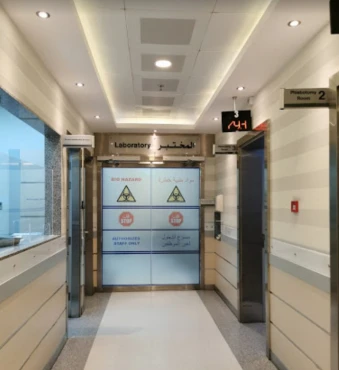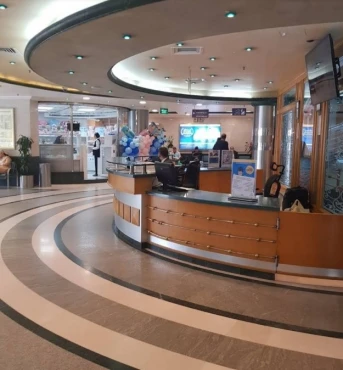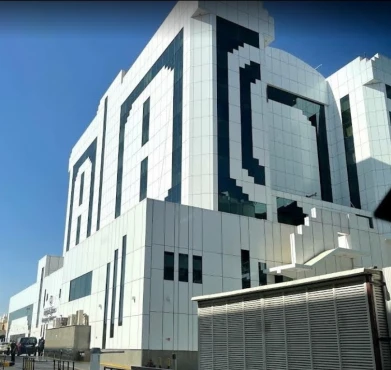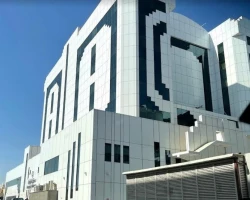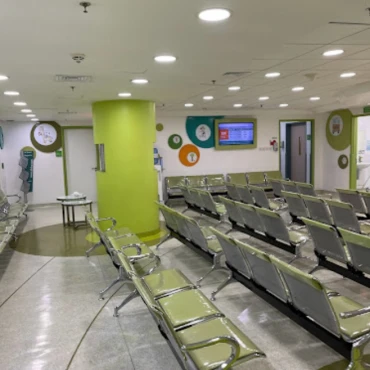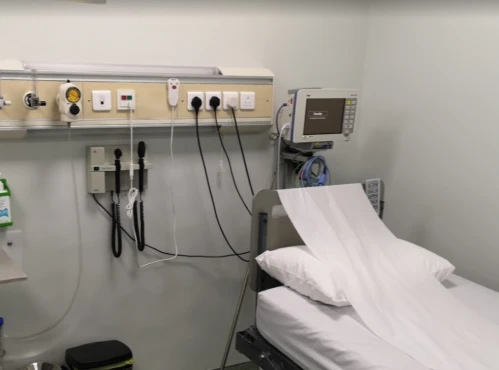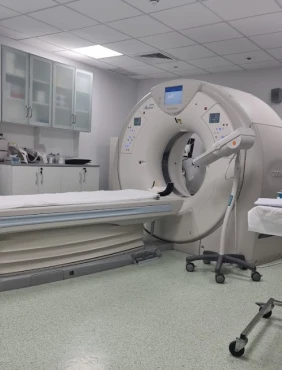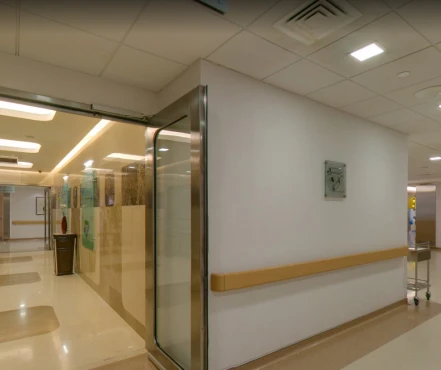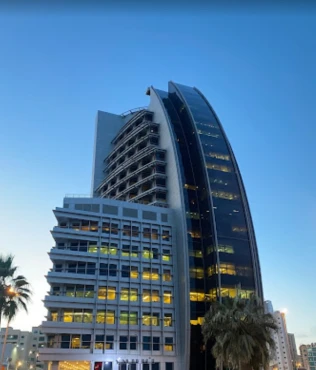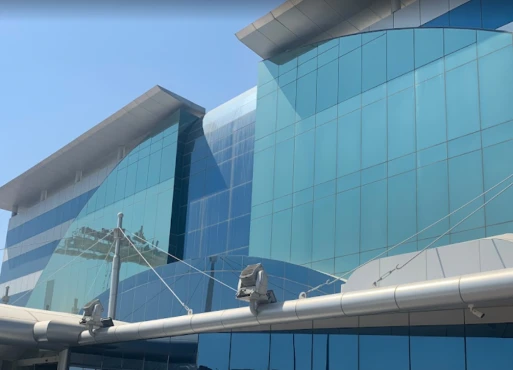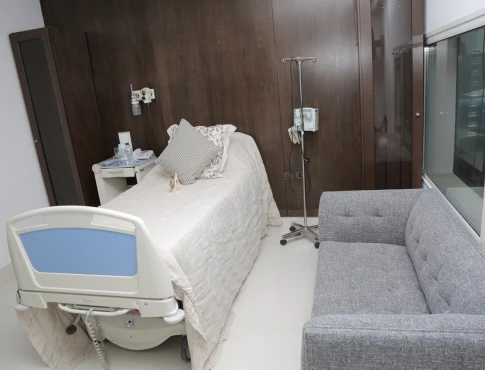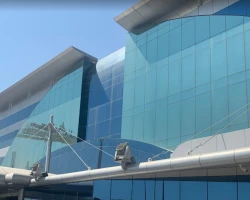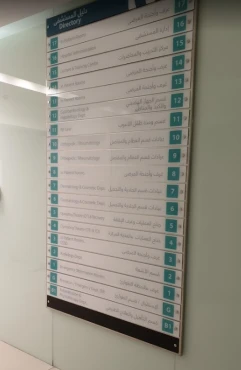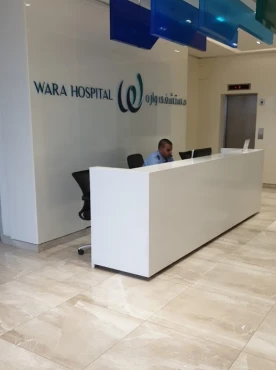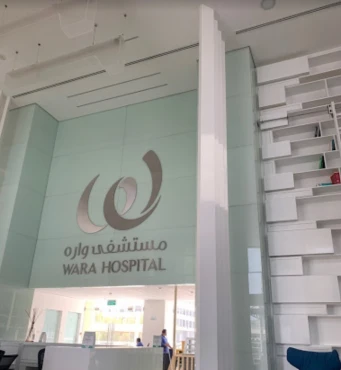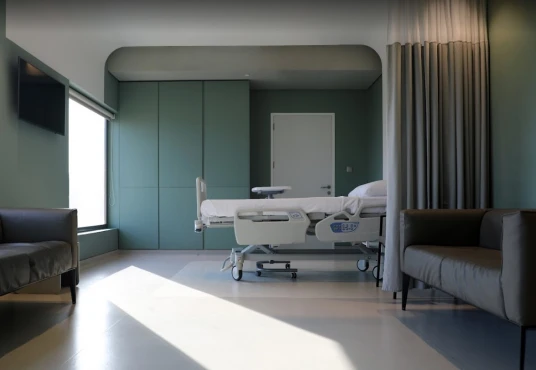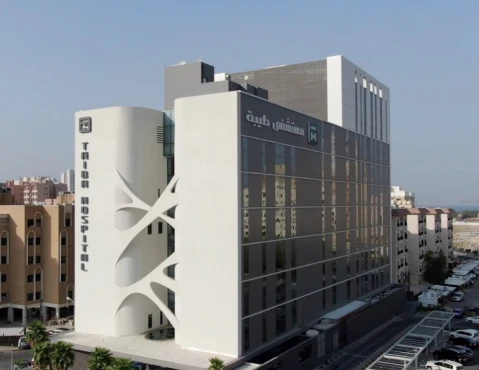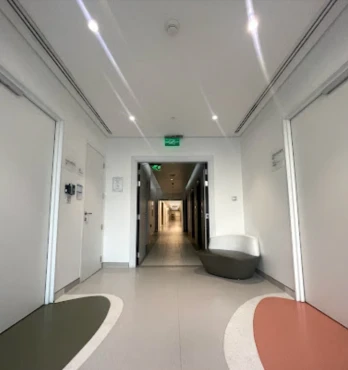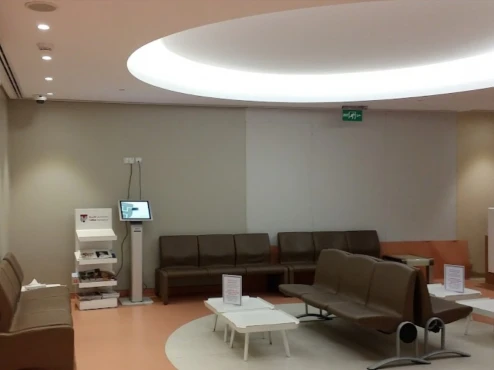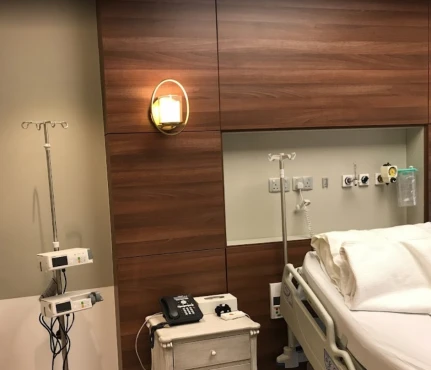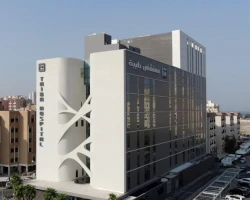Etiology and pathogenesis of cardiac tamponade
Cardiac tamponade is a condition in which fluid accumulates in the pericardial space. Also, this condition is sometimes called pericardial tamponade or pericardial cavity tamponade, which is not entirely true. Below we will talk in detail about the causes and mechanisms of the development of this pathology, and also touch a little on its treatment and prognosis.
What is the pericardium and what is it for?
The pericardium is a sac-like structure that surrounds the heart and consists of two layers, the visceral and the parietal. Between the latter there is a space called the pericardial cavity and filled with a small amount of fluid (about 20-30 ml). The visceral plate merges directly with the muscular tissue of the heart, and also covers the pulmonary trunk, the ascending aorta and the segment of the superior vena cava leading to the right atrium.
The task of the pericardium and the pericardial cavity is to reduce the friction of the heart during its work. In addition, the pericardial sac prevents excessive expansion of the cavities of the heart during its diastole (relaxation) and allows you to maintain the correct position of the heart in the mediastinum. Also, the pericardium tightly covers the entire heart, which creates a protective barrier against injury or the spread of the inflammatory process.
Mechanism of development (pathogenesis) of cardiac tamponade
With cardiac tamponade, there is an increase in the volume of fluid in the pericardial cavity, which puts pressure on the heart and reduces the volume of its chambers. With each beat, less blood is ejected, and the heart muscle is put more stress on pumping blood around the body. This process can be caused by a number of reasons, which we will discuss below.
The development of symptoms of the disease is affected by the rate of accumulation of fluid in the pericardial sac and, therefore, the rate of increase in intracardiac pressure (pressure inside the heart).
If fluid accumulates very quickly, the pericardial sac can not adapt to the volume of fluid, resulting in a rapid buildup of pressure within the sac. When the fluid accumulates slowly, the parietal sheet of the pericardium is stretched, and its volume increases several times. However, the extent of this stretch is also limited and the patient will develop symptoms at some point. Thus, the amount of fluid in acute tamponade may not exceed 200 ml, and with a long course, the volume of the pericardial sac can often reach more than 500 ml.
In severe cases, cardiac tamponade is the cause of shock, in which the pressure drops to critical numbers, the tissues experience a severe lack of oxygen and nutrients. Often in this case, patients are unconscious.
Reasons for the development of cardiac tamponade
The most common causes of tamponade are pericarditis (inflammation of the pericardium), malignant neoplasms, tuberculosis, and purulent infections. This condition can also result from bleeding into the pericardial space after aortic dissection, cardiac surgery, trauma, and anticoagulant treatment of patients with acute pericarditis.
Other causes of cardiac tamponade are:
- damage to the heart wall or coronary vessels, including Dressler's Syndrome;
- condition after radiation therapy;
- pathology of the lymphatic system.
Below we will analyze in more detail some of the causes of cardiac tamponade.
Aortic dissection
With this pathology, there is a rupture of the inner layer of the largest artery in the human body - the aorta. As a result of this damage, blood under pressure causes separation of the muscular and outer shell of the vessel, which can also lead to their rupture.
Tamponade after surgery
This cause occurs in about a third of all cases of cardiac tamponade. The accumulation of fluid in the pericardial cavity can be a complication of both open heart surgery (by incision of the chest wall) and endovascular interventions. Cardiac tamponade has been observed in a small number of patients as a result of:
- coronary angiography;
- balloon mitral valvuloplasty;
- treatment of congenital heart defects;
- implantation of a pacemaker;
- atrial ablation;
- coronary revascularization;
- puncture of the interatrial septum and other interventions.
Often, cardiac tamponade is detected during the intervention or a few hours after it.
Cardiac tamponade and malignancies
Tamponade as an initial manifestation of cancer is rare. However, neoplasms are the cause of about a quarter of cases of accumulation of fluid in the pericardial cavity. In most cases, patients with a combination of cancer and tamponade have a poor prognosis.
Pericarditis
When the pericardial sac becomes inflamed, an excessive amount of inflammatory fluid (exudate) usually accumulates. This condition may be caused by infections, autoimmune processes, or unidentified factors. Rarely, only the pericardium itself becomes inflamed. Usually, this process spreads to other layers of the heart, so pericarditis can be accompanied by damage to the heart muscle (myocarditis) or the inner layer of the heart (endocarditis), and also spread to other parts of the body.
Tuberculosis
This disease is caused by Mycobacterium tuberculosis and most commonly affects the lungs. Tuberculosis is the leading cause of adult death from infectious diseases worldwide and is more common in poor countries. In developed countries, Mycobacterium tuberculosis infection rarely presents with pericardial disease and usually occurs in immunocompromised patients. If left untreated, patients with pericardial tuberculosis live an average of 3.7 months.
Resume
Overall, infections and inflammation account for about 20% of all causes of cardiac tamponade.
If cardiac tamponade is suspected, the doctor must be careful enough to make a correct diagnosis, since in many cases the cause of the disease is not obvious. This pathology is usually considered in any patient with an unexplained increase in the shadow of the heart on an x-ray, a decrease in blood pressure, muffled heart sounds, and swelling of the neck veins. Cardiac tamponade can be life threatening if not diagnosed and treated on time.
The prognosis of the disease largely depends on the etiology. Cardiac tamponade in patients with cancer and pericardial metastasis has a poor short-term prognosis because it is a sign of advanced malignancy. In contrast, patients with cardiac tamponade and a definitive diagnosis of idiopathic pericarditis usually have a good long-term prognosis.
Thus, cardiac tamponade is a condition that can be life-threatening and requires a medical emergency. With this pathology, there is a decrease in cardiac output due to pressure on the heart of fluid from the pericardium. The etiology of the disease includes complications of surgical interventions, malignant neoplasms, infectious and inflammatory processes, aortic dissection, trauma and other conditions.
References:
- Shen, X., Fang, Z., Hu, X., Liu, Q., Zhou, T., Tang, J., Zhou, S., & Lu, X. (2011). Zhong nan da xue xue bao. Yi xue ban = Journal of Central South University. Medical sciences, 36(1), 74–79.
- Bibi, M., Monteiro, J., Oliveira, N., & Pereira, M. (2021). Disseminated Tuberculosis With Cardiac Tamponade in an Immunocompetent Individual. Cureus, 13(7), e16088.
- Adler, Y., Charron, P., Imazio, M., Badano, L., Barón-Esquivias, G., Bogaert, J., Brucato, A., Gueret, P., Klingel, K., Lionis, C., Maisch, B., Mayosi, B., Pavie, A., Ristic, A. D., Sabaté Tenas, M., Seferovic, P., Swedberg, K., Tomkowski, W., & ESC Scientific Document Group (2015). 2015 ESC Guidelines for the diagnosis and management of pericardial diseases: The Task Force for the Diagnosis and Management of Pericardial Diseases of the European Society of Cardiology (ESC)Endorsed by: The European Association for Cardio-Thoracic Surgery (EACTS). European heart journal, 36(42), 2921–2964.
- Imazio, M., & De Ferrari, G. M. (2020). Cardiac tamponade: an educational review. European Heart Journal: Acute Cardiovascular Care, 204887262093934. doi:10.1177/2048872620939341.
- Harrison`s Principles of Internal Medicine 19/E (Vol.1). Dennis Kasper, Anthony Fauci, Stephen Hauseret all. McGraw-HillEducation 2015 ISBN: 0071802134 ISBN-13(EAN): 9780071802130.
- Shlyakhto, E. V. Cardiology: national leadership / ed. E. V. Shlyakhto. - 2nd ed. , revised and additional - Moscow: GEOTAR-Media, 2021. - 800 p. - 800 s. (Series: National Guide) - ISBN 978-5-9704-6092-4.

